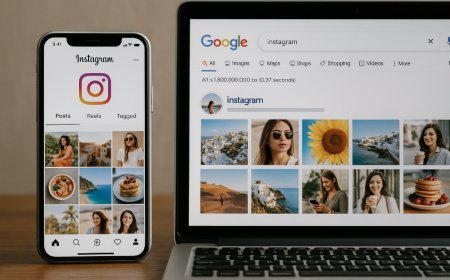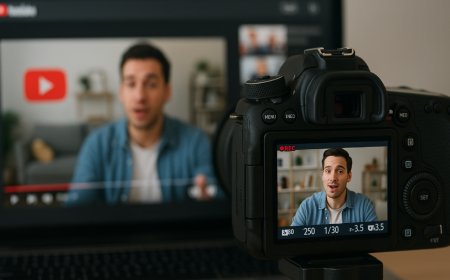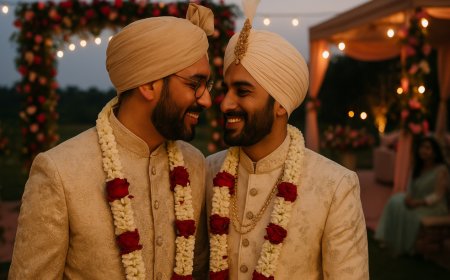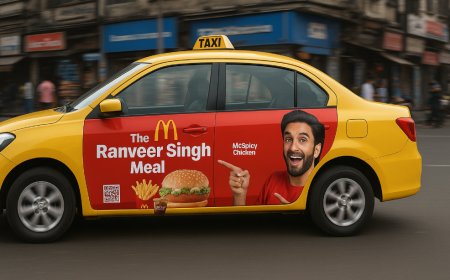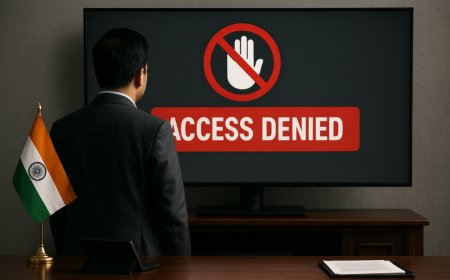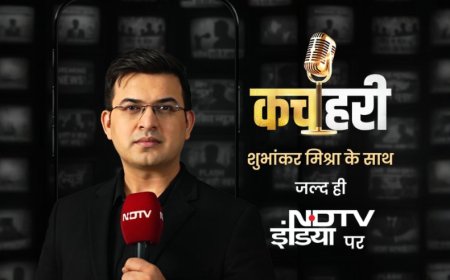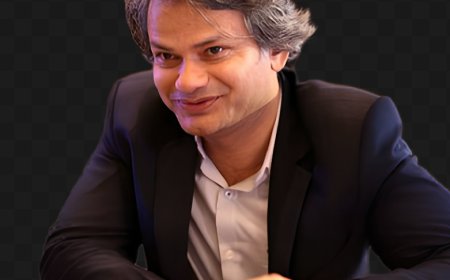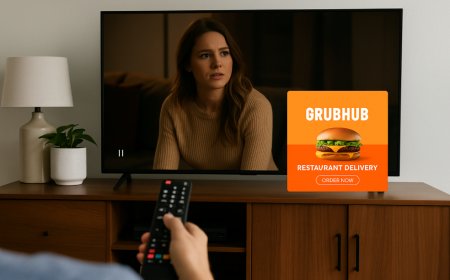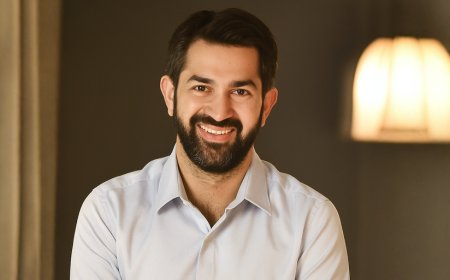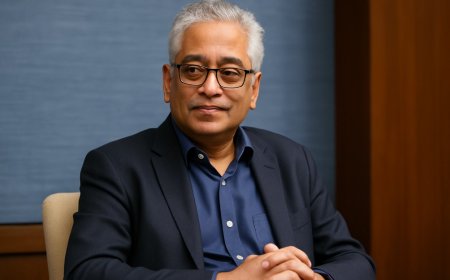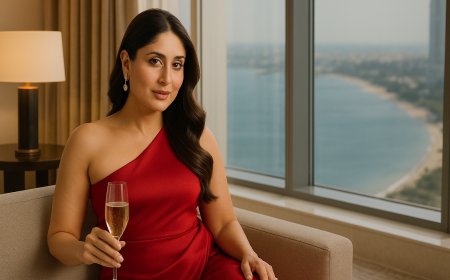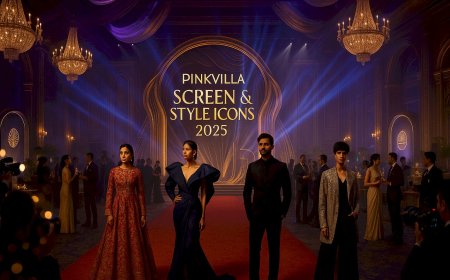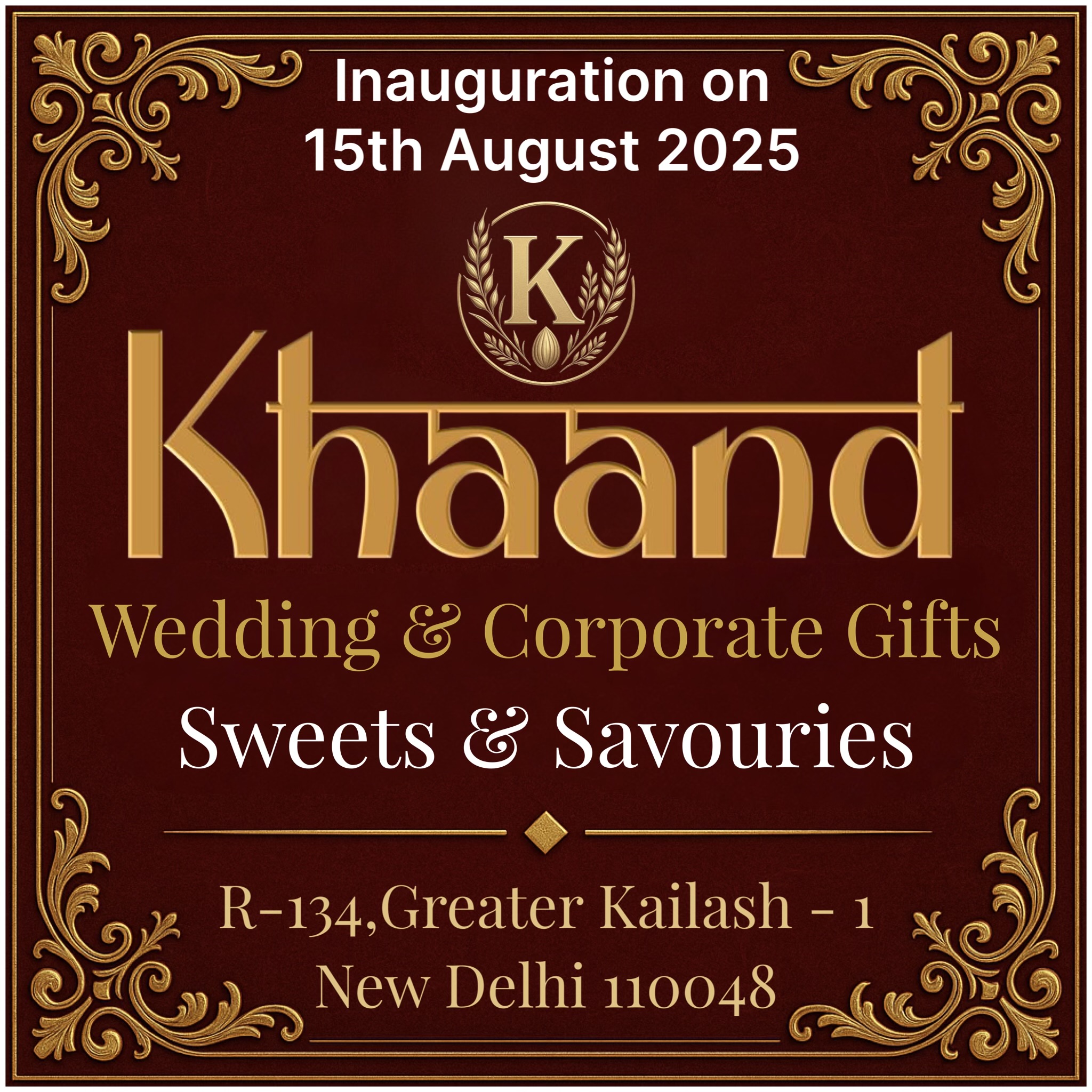How Bollywood Found a Place on US Ballot Boxes: Inside the Zohran Mamdani Campaign
How Zohran Mamdani’s Bollywood-themed campaign transformed local politics in New York, connecting culture with grassroots power.

In an America where politics and pop culture often collide, a new generation of politicians is redefining how campaigns connect with voters — and sometimes, they do it with a touch of Bollywood flair. Among them is Zohran Mamdani, an Indian-American community organizer and politician who infused South Asian cinema into the local politics of New York City, turning heads and starting conversations far beyond his district.
A Campaign Born in Astoria, Powered by Culture
Astoria, Queens — a neighborhood celebrated for its diverse immigrant communities — is where Zohran Mamdani first found his political footing. Born in Uganda to Indian parents, Mamdani moved to New York as a child. His mother, acclaimed filmmaker Mira Nair, may have given him his earliest introduction to the power of stories — stories that cross borders and create connections.
Mamdani’s 2020 run for the New York State Assembly’s 36th District was far from conventional. Facing a well-entrenched incumbent, he knew the usual yard signs and door-knocking wouldn’t cut through the noise. He needed something different — something that would make young South Asian New Yorkers feel seen and energized.
So, he turned to Bollywood.
Posters, Politics, and Pop Culture
The turning point of Mamdani’s campaign was when his team began rolling out posters styled like vintage Bollywood movie placards. They weren’t the typical bland political signs — they were vibrant, nostalgic, and designed to stand out.
The posters included slogans in Hindi and Urdu alongside English — a subtle yet strong nod to the multilingual fabric of Queens’ immigrant neighborhoods. On streets lined with sari shops, halal carts, and desi grocery stores, these posters sparked conversations that regular political flyers never could.
Why Bollywood?
At first glance, Bollywood and New York City politics may seem like an unlikely pair. But Mamdani’s strategy wasn’t about gimmicks — it was about cultural connection. For many first- and second-generation South Asian Americans, Bollywood is more than entertainment. It’s an emotional bridge back to the motherland — a cultural bond that travels across generations.
By using Bollywood’s vibrant style, Mamdani’s campaign didn’t just declare his heritage — it showed he understood what it means to live between worlds. He turned that shared feeling into a call to action for political participation.
More Than Just a Poster
The Bollywood vibe didn’t stop at posters. Mamdani’s whole approach used cultural touchpoints to connect with voters. His ads sometimes carried dramatic storytelling, playful dance nods, and humor that felt fresh compared to the stiff, overly polished tone of typical American political campaigns.
Events featured local South Asian artists, musicians, and poets. Campaign volunteers spoke in multiple languages. Elders who often feel invisible in American politics found literature they could read in their own scripts. Younger voters saw memes and Instagram posts that matched the bilingual jokes and cultural codes they shared with friends.
A New Kind of Representation
Mamdani’s Bollywood-inspired campaign was more than aesthetics — it was about authentic representation. Immigrant communities have often had to shed parts of their identities to “fit in” politically.
Mamdani flipped that script. He ran as an openly socialist candidate, championing working-class struggles that resonate deeply with immigrant communities. Instead of diluting his message, he made it culturally familiar and accessible.
Winning Hearts — And the Seat
When the votes were counted, Mamdani’s approach proved powerful. He unseated a four-term incumbent with a grassroots campaign driven by volunteers, cultural pride, and a bold progressive vision. His Bollywood posters went viral, appearing all over social media and news outlets covering America’s rising new leaders.
But this win wasn’t just about one district seat. It signaled the growing power of South Asian Americans in local politics and showed how cultural identity and policy can strengthen each other.
Resonating Beyond Queens
Mamdani’s Bollywood-themed run quickly caught the eye of the wider South Asian diaspora. Social media was flooded with images of his bright, retro posters. College students miles away felt inspired by a campaign that spoke their language — literally and figuratively.
Older generations felt hope, too. They saw proof that the dreams they brought when they immigrated — dreams of being seen and included — could come true. Here was a candidate who spoke their languages and understood their stories.
A Blueprint for Future Campaigns
Since Mamdani’s win, other young candidates have taken note. Across America, more candidates from immigrant communities are weaving cultural identity into their campaigns. Mexican-American candidates draw from lucha libre. Arab-American campaigns use Arabic calligraphy and poetry. The lesson is clear: authenticity connects.
Mamdani’s Bollywood approach wasn’t just nostalgia — it was smart politics. It proved campaigns don’t have to erase culture to feel “serious.” In fact, they win more hearts when they celebrate it.
The Power of Storytelling
At its heart, Mamdani’s Bollywood strategy was about storytelling. Bollywood’s epic tales of love, struggle, and triumph mirror the grand narrative arcs that make great campaigns work.
By turning his campaign into a story — complete with villains (like corporate landlords and unfair housing rules), a relatable hero (the neighborhood), and a dramatic stage (the streets of Astoria) — Mamdani made voters feel like they were part of something bigger.
Beyond Bollywood: What’s Next for Mamdani
Since taking office, Mamdani has continued to push for progressive change — focusing on housing justice, immigrant rights, and community well-being. He still shows up at cultural events, collaborates with artists, and keeps a creative spark alive in the often dull world of local governance.
For Mamdani, Bollywood wasn’t a stunt. It was an invitation for his community to engage more deeply with politics. And in an era when so many voters feel jaded by generic slogans, that spark of connection makes all the difference.
A Lesson for the Future of Politics
As America’s demographics evolve, campaigns like Mamdani’s point to the future of grassroots politics. The lesson? Communities don’t just want to be counted — they want to be seen. They want their art, languages, and humor to show up on posters and ballot boxes. They want representatives who don’t just talk about representation but live it in every speech and flyer.
For Zohran Mamdani, Bollywood wasn’t just childhood nostalgia — it was a political bridge. It reminded neighbors that good politics can feel like home.
Conclusion
It’s easy to dismiss a Bollywood poster on a New York lamppost as a gimmick. But for the people of Astoria, it meant someone understood them — not just as voters, but as whole people with layered identities.
What's Your Reaction?
 Like
0
Like
0
 Dislike
0
Dislike
0
 Love
0
Love
0
 Funny
0
Funny
0
 Angry
0
Angry
0
 Sad
0
Sad
0
 Wow
0
Wow
0
